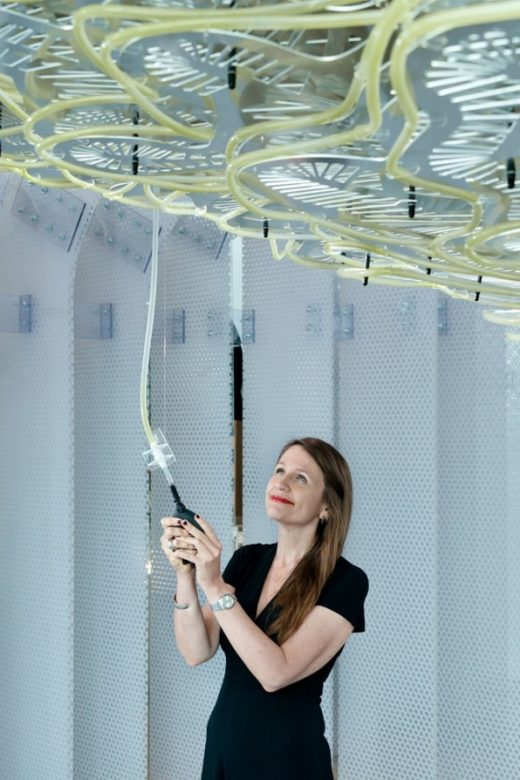These Architects Want To Make Algae Farming Just Another Part Of Urban Infrastructure
If you buy algae supplements–or foods with microalgae as an ingredient, like a brownie mix that includes “algal protein” to make the dessert slightly healthier–it’s likely that the algae may have come from large, industrial-scale production facilities. But a future supply might come from your office building or apartment complex.
In a prototype of an urban algae farm now on display in an exhibition in Kazakhstan, designers from the London-based ecoLogicStudio worked with marine biologists and algae farmers to show how algae could fit inside existing buildings where people live and work. In one room, coils of lightweight glass tubes are suspended from the ceiling, attached to pumps that visitors can press to send carbon dioxide to the algae and help it grow. In another room, the only light comes from bioluminescent bacteria. A third space shows how the algae can be harvested and transformed into either food or energy.
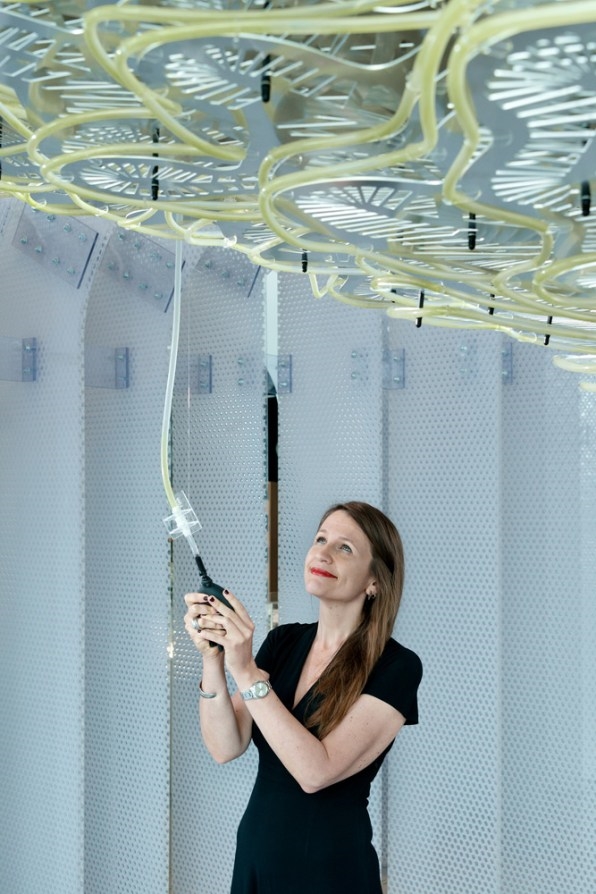
In part, the prototype is meant to point out the advantages of growing the plant-like organism. Gram for gram, spirulina–one commonly grown form of microalgae–has more calcium than milk, more beta-carotene than carrots, and more protein than steak. And unlike steak, production methods can have a relatively low carbon footprint. Incorporating more algal protein into food could be one way to reduce global greenhouse gas emissions. Algal oil can be used in food to replace ingredients like palm oil, which is known for production methods that can cause deforestation, and using algal oil can also help reduce calories and cholesterol in ice cream or salad dressing. Its use is becoming more common. A company called TerraVia, formerly known as Solazyme, supplies algal protein and oil to companies that want to improve environmental performance, such as Unilever, which wants to reduce its use of palm oil in personal care products.
The designers estimate that their prototype, called the Biotech Hut, can produce an average of 672 grams of protein each day, enough to supply the recommended intake of 12 adults (assuming, of course, they were willing to eat massive amounts of algae). They calculated that it would take eight cows to produce the same amount of protein; each cow, by contrast, would take 660 days to raise, and would use as much energy each day as 70 households.
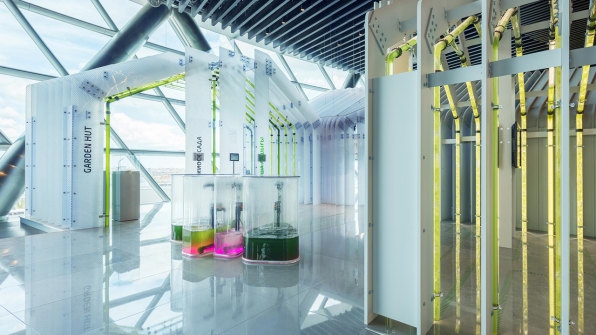
The harvested algae could also be used to produce energy for heating or electricity. Something similar is already happening at a building in Hamburg, Germany, where the biomass from algae-filled outdoor walls is used to heat apartments. In that building, the algae also provide shade, something that the designers of the new prototype say could also be useful inside the glass lobbies of large office buildings.
While producing algae in large tanks or farms is probably more efficient, the designers see another reason for bringing production into cities, particularly into public spaces. “By integrating production in the city . . . there is also an aim of establishing a different form of communication with the end user, and a different way of consuming,” says Claudia Pasquero, one of the cofounders of ecoLogicStudio. Instead of wondering where a product comes from, consumers could watch it grow. A network of mini-farms throughout a city could work together to supply both food and energy.
The prototype is conceptual, but the designers plan to continue developing Biotech Huts. For algae to scale up in cities, they say, there will have to be a major shift in how people think about infrastructure and where food and energy are supposed to come from. They might also have to think differently about algae as food. To that end, the designers have worked with chefs to experiment with recipes that could be more appetizing to consumers than the typical pill or green juice–like a dessert made with algae, cream, and cinnamon.
Correction: This article has been amended to reflect the fact that the designers do intend to continue working on project past the prototype stage.
Will future office buildings harvest algae in their lobbies?
If you buy algae supplements–or foods with microalgae as an ingredient, like a brownie mix that includes “algal protein” to make the dessert slightly healthier–it’s likely that the algae may have come from large, industrial-scale production facilities. But a future supply might come from your office building or apartment complex.
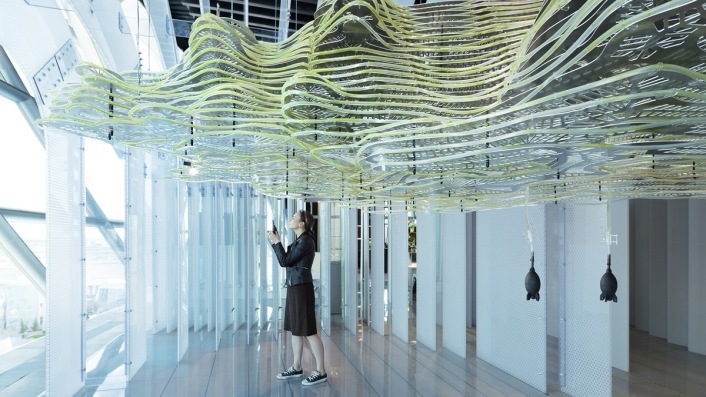
The prototype is meant to point out the advantages of growing the plant-like organism. [Photo: NAARO]
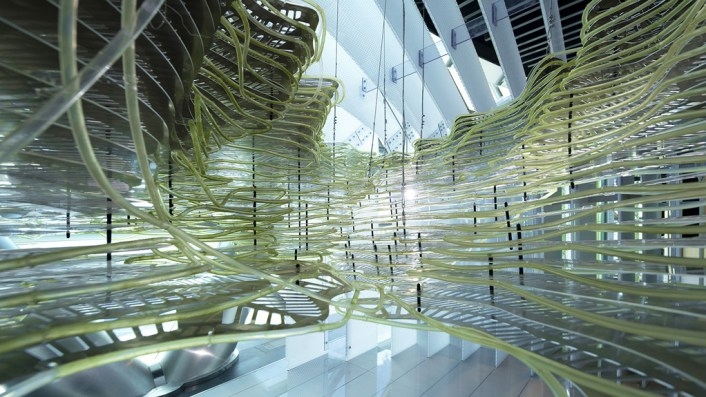
[Photo: NAARO]
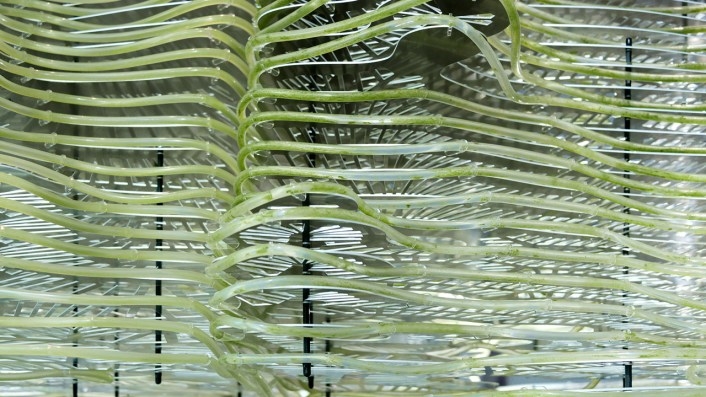
[Photo: NAARO]
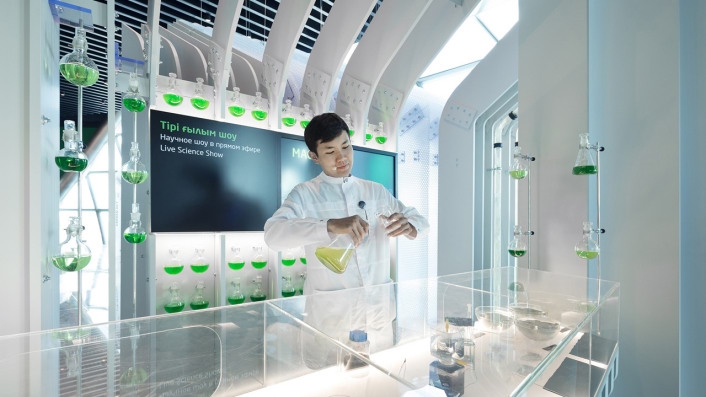
[Photo: NAARO]
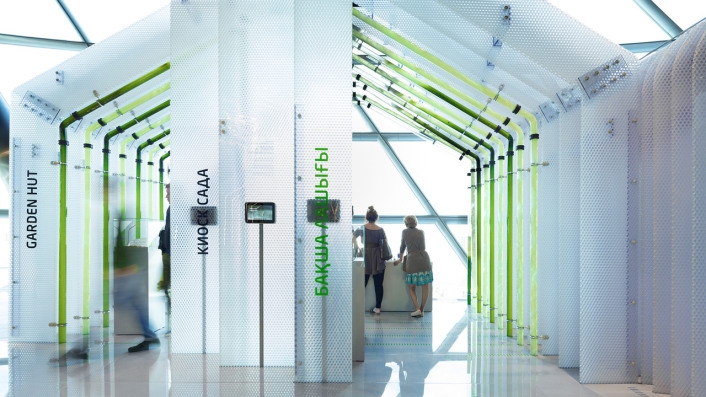
[Photo: NAARO]
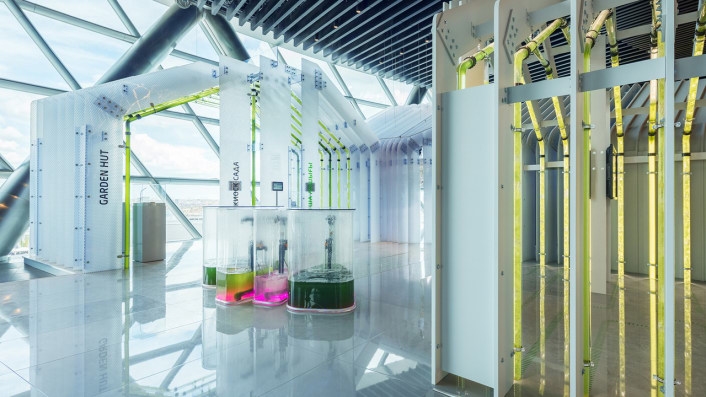
[Photo: NAARO]
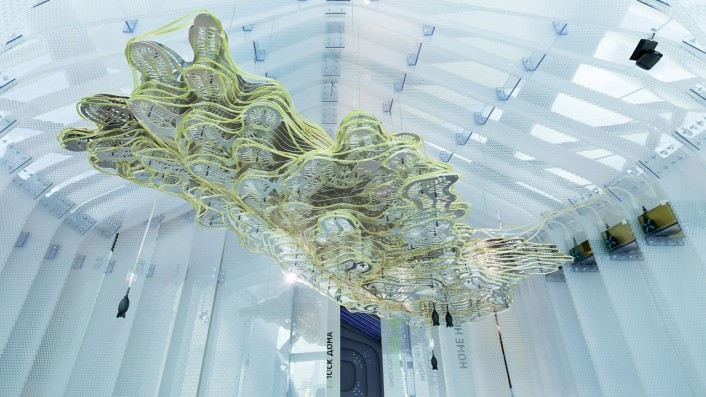
[Photo: NAARO]
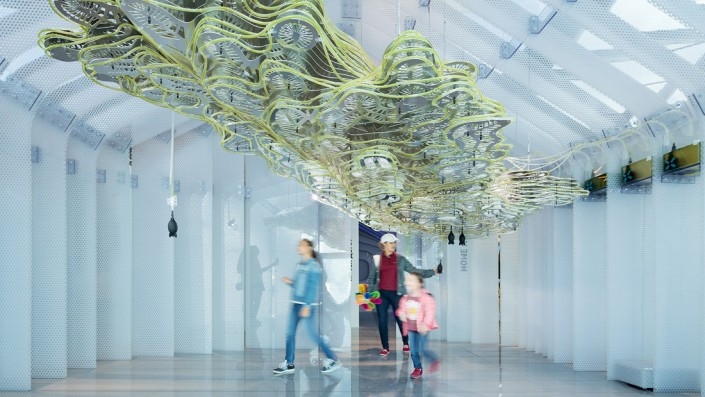
[Photo: NAARO]
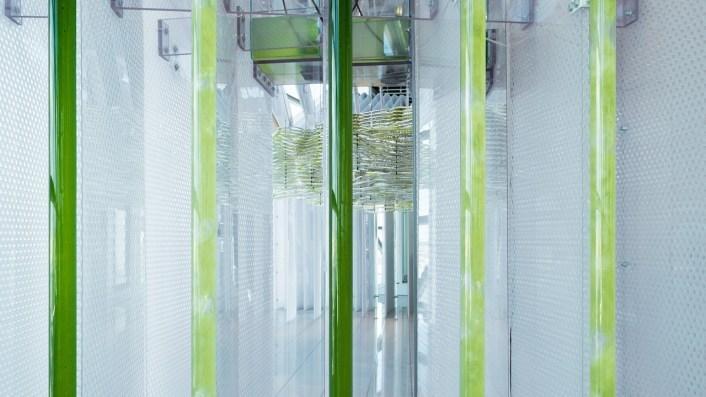
[Photo: NAARO]

[Photo: NAARO]
Fast Company , Read Full Story
(67)

